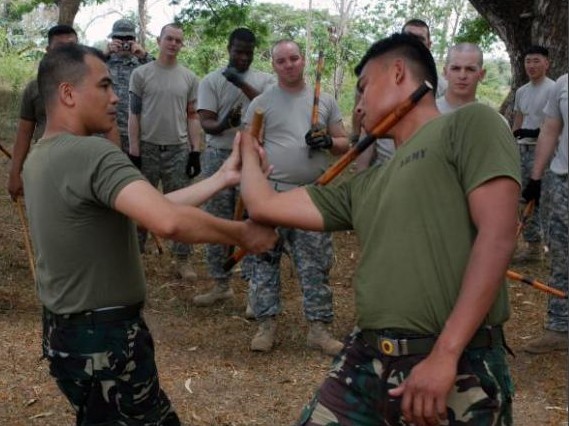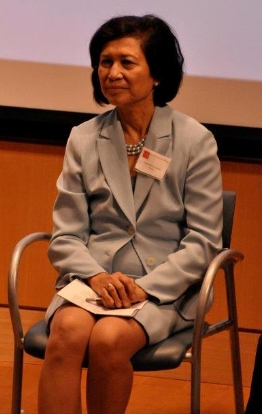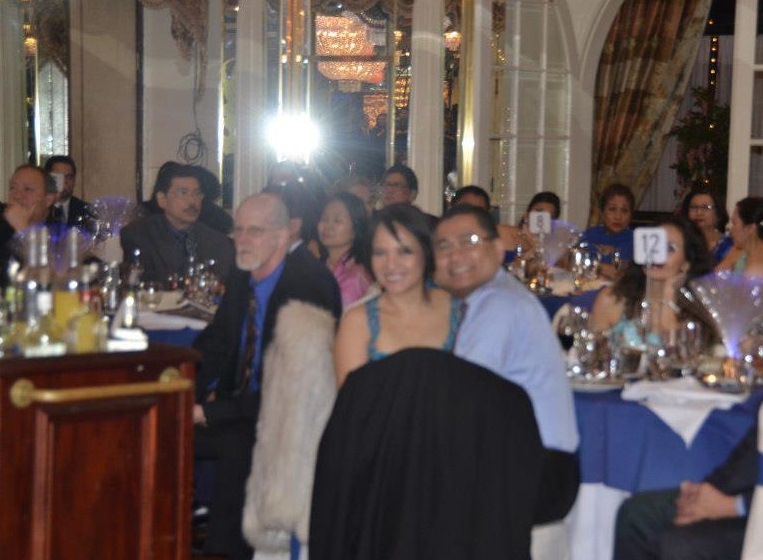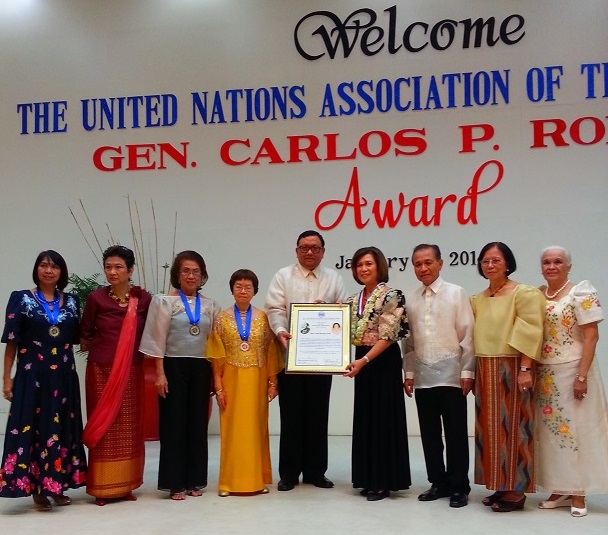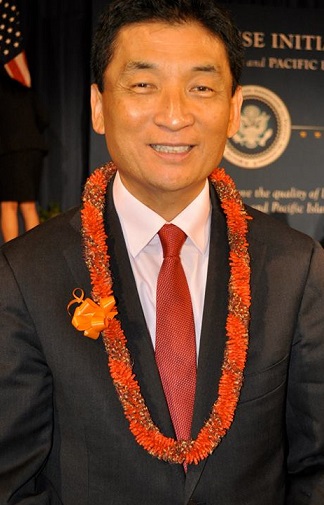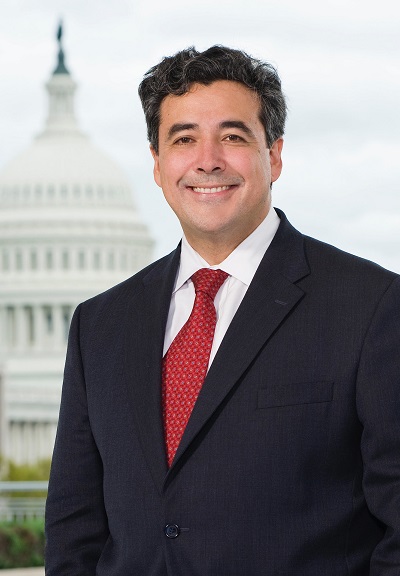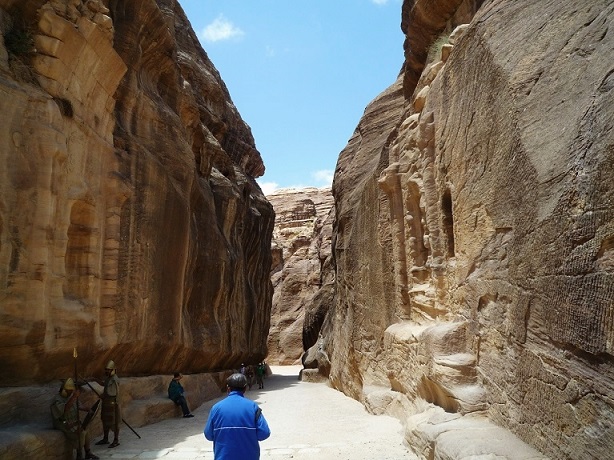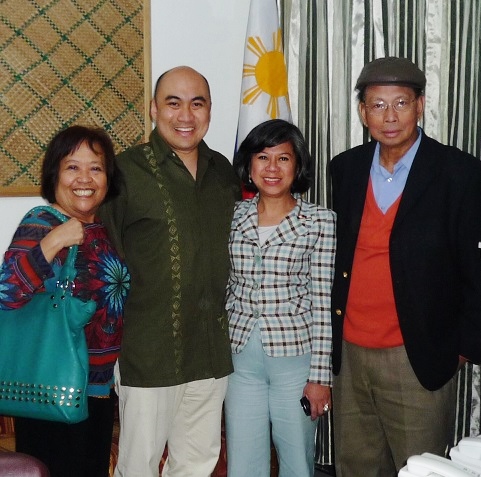In a turbulent Middle East, Jordan remains a peaceful place to visit
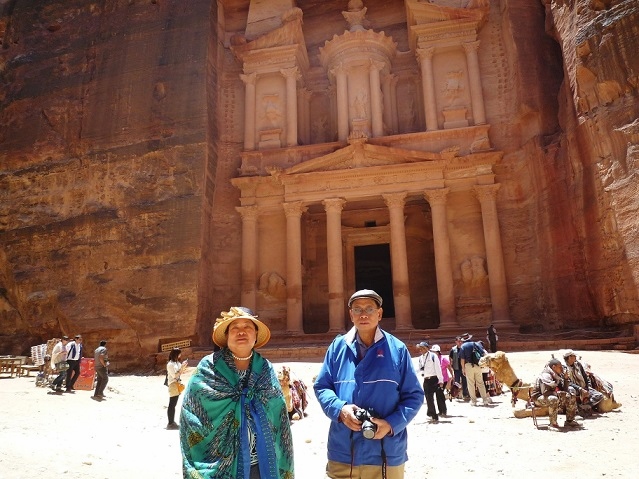
The author’s parents, retired Ambassador Willy and Linda Gaa, outside the Treasury where ‘Indiana Jones’ was filmed more than a decade ago
The Middle East is a region so rich with history and culture, yet sadly nowadays it’s been making headlines for mostly the wrong reasons.
With the ongoing Israeli-Palestinian clashes in Gaza, the Syrian civil war, and the ISIS crisis gripping Iraq, it is easy for those who judge by what they read on the papers and watch on TV that all of that unending conflict is what life is all about in that part the world. Yet this is only half the story, and I’m happy to say that yes, there are still countries in the Middle East that are secure for tourists, and the Kingdom of Jordan is one of them.
Since it officially became a sovereign kingdom governed by the royal Hashemite family after World War II, Jordan has had a well-earned reputation for being a constantly peaceful country in the middle of a war-torn region.
My family and I got to see this country recently, and observed how economically vibrant it is and religiously tolerant. One of the admirable traits we discovered about Jordan was the hospitality of its people, who exude the genuine Arab warmth, and are fiercely loyal and protective toward their nation and heritage and will go out of their way to ensure that all of their visitors are taken good care of and kept extremely safe.
An added pleasure for our trip was the chance we had to reunite with our dear friends, retired Jordanian Ambassador Khaldoun Thalhouni and his lovely wife Iman, who had years before established a close camaraderie with my parents when they were all serving together in their respective diplomatic tour-of-duty in Canberra, Australia, where my father served as Philippine envoy from 2002 to 2004. I happen to be good friends with Ambassador Thalhouni’s son who is now employed with a multinational firm in Switzerland, and with his daughter who now works with the royal consort office of Her Majesty Queen Rania, wife of His Majesty King Abdullah II, Jordan’s reigning monarch.
Together with current Philippine Ambassador to Jordan Olivia Palala, we got to catch up with them over a scrumptious Jordanian dinner at this high-end restaurant in the hilly capital city of Amman.
A friend who preceded us to a tour of Jordan introduced us to a very friendly and helpful guide named Sam, who is an independent operator in Jordan’s tourism industry. He picked us up at our hotel at 7 a.m. to begin our three-hour drive to Petra. He explained to us that the purpose of our early departure from Amman was to arrive in Petra before noontime so as to avoid the extreme dry heat which can toast southern Jordan in the summer afternoons.
At the entrance gates to the Petra archaeological site we could already see scores of tourists from many parts of the globe. After paying the mandatory entrance fees, we walked past the gates on to the long winding pathway where we were promptly offered rides either on a donkey or carriage. We instead chose to walk, the better to savor our experience. We were thankful that we arrived there when we did as the heat already reached scorching levels, and I felt pretty thankful that I was wearing my shades and fedora hat.
We began our trek through the narrow walkway slicing through high towering cliffs known as As-Siq. This long pathway actually serves as the main entrance to Petra. Thanks to the shelter which the high cliffs provided, our 30-minute trek through As-Siq was refreshing and invigorating, with even an occasional cool breeze providing us relief from the desert heat.
How many ancient centuries it took for Mother Nature to carve this entire gorge can only be left to the imagination. Besides the fascinating geological formations of the Siq, we also caught glimpses of ancient wall inscriptions that were presumably made by an ancient people known as the Nabataeans.
The Nabataeans were Arab tribesmen who originated in the Arabian Peninsula and settled in this area of southern Jordan over 2,200 years ago. They were clever and resourceful traders who established a strong kingdom which stretched all the way from present-day Syria to the Sinai and Negev deserts in present-day Egypt and Israel. Their architectural style consisted of elements similar to that of Egyptian and Greco-Roman artwork. Nowhere is such influence more evident than at Petra’s iconic monument, the Treasury, locally known as Al-Khazneh.
While there are other archaeological sites to admire in Petra, it is viewing the Treasury, a building carved out of the rocky mountain, that fulfilled our dream to tour the ancient city. Who would even think of building a life-size structure out of sheer rock, and how!
Its pillars echoed Hellenistic and Alexandrian Greek architectural styles, with a distinctive Nabataean flavor. Seeing that the Treasury’s façade stood at 43 meters high and 30 meters in width, awestruck and venerated described our feelings, much similar to how Harrison Ford and his onscreen father Sean Connery felt at the site of the Treasury in one of my favorite films ever, “Indiana Jones and the Last Crusade,” which was shot at this very site. The moment seemed more appropriate as I happened to be donning my fedora, which was my own personal homage to one of my favorite cinematic heroes of all time, and the only thing that was missing was my own bullwhip!
This Treasury is no doubt the symbol of the ancient engineering brilliance of the Nabataeans. To personally see this monument, voted as one of the New Seven man-made Wonders of the World, is not only a memorable experience in Jordan alone, but throughout the entire Middle East.

